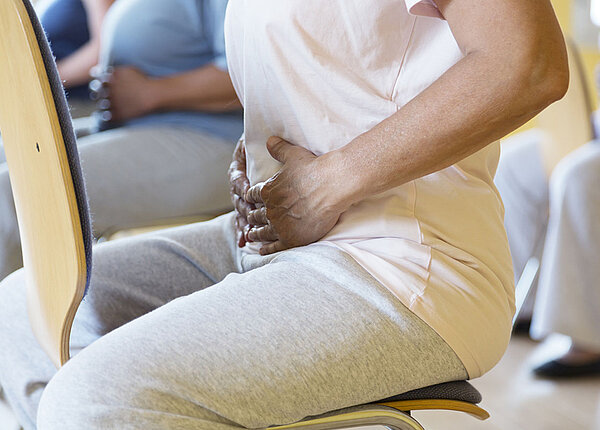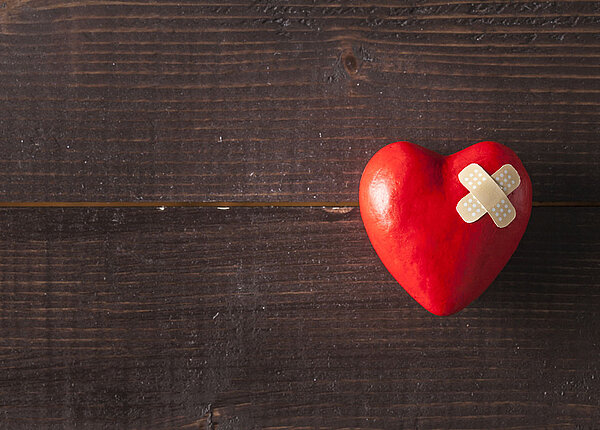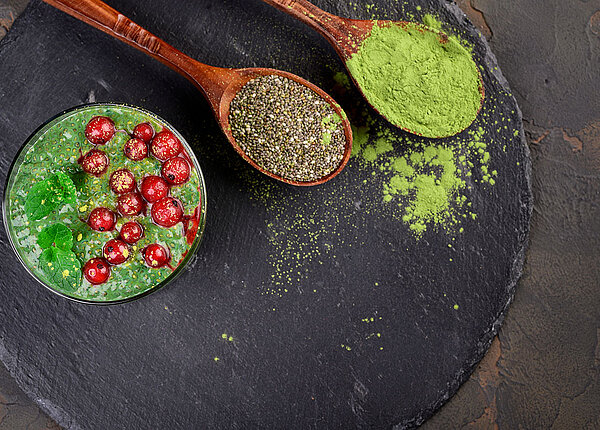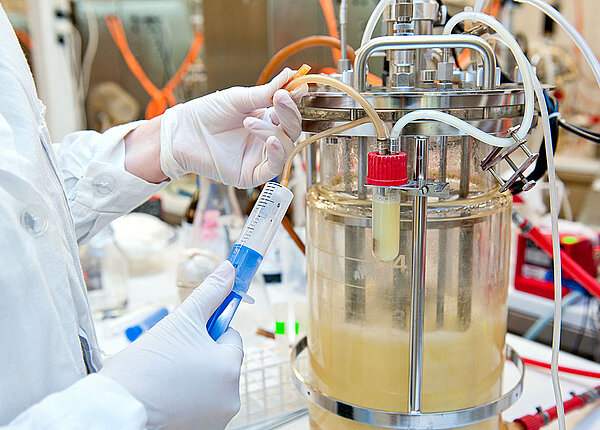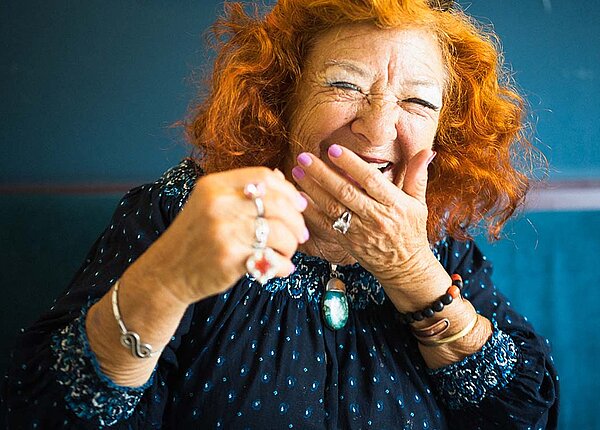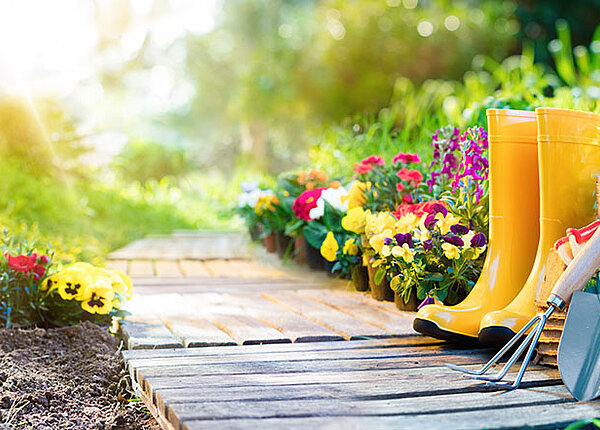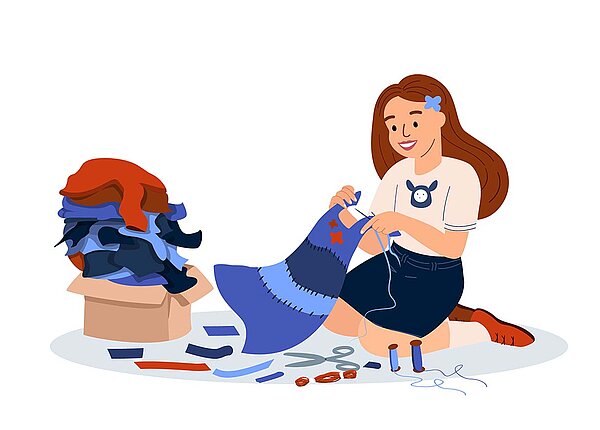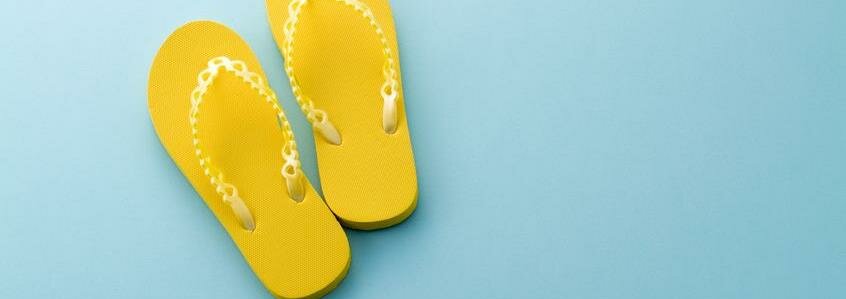English for PTA
HAPPY FEET!
Seite 1/1 3 Minuten
At this time of the year, when our feet tend to dry out because of being in heavy winter shoes and thick socks every day, is a time to use moisturizing products. Prevention is better than cure and we should never let it get so far that we have to use specialist products for cracked skin on our heels. The best place to go for expert help is the pharmacy.
Female Pharmacy customer: Hello, I was wondering if you could help me.
PTA: Hello. What can I do for you?
We are heading off to the sun for our Easter holidays and I tried on some summer foot wear yesterday. My feet are really dry and even cracked in some places.
Oh, that’s not unusual at this time!
Luckily, it’s still a good few weeks to Easter and I hope to get my feet “sandal-fit” before we go.
I assume that your heels are especially affected.
Yes, you are right there!
We have this excellent ointment for cracked heels. I would recommend using a pumice stone before applying. This will help reduce the calluses on your heels and also on the balls of your feet under your toes.
How often should I apply the ointment?
To begin with, I would say mornings and evenings. It’s a good idea to use the pumice stone after showering, as it is easier to remove the dry skin then. After that I would apply the ointment to the affected areas and put on cotton socks. It’s a good idea to repeat the process before going to bed and again wear cotton socks.
Good, thank you. What actually causes the calluses?
There are lots of causes really. One of the main ones is wearing shoes that put repeated pressure and friction on parts of the foot. The parts most affected are the heels and the balls of the foot. The friction and pressure cause the skin to die and form a hard protective covering in that area, which then leads to the formation of calluses.
I see. Are there any other causes?
Certainly! Wearing shoes that are too tight, or socks that don’t fit and bunch up and cause pressure, highheels are the main cause for calluses on the underside of the toes, even wearing shoes that are too loose and cause friction are all causes of hard skin on the feet.
I didn’t know that! We are heading off to La Palma, in the Canary Islands.
Oh how nice! It’s beautiful. It’s quite steep in a lot of places though. Were you thinking of hiking?
Yes, it’s one of the main reasons that we are going there. It’s the combination of sunshine and mountains. I wanted to take sandals with me for the town and going to restaurants, that kind of thing.
Did you think of taking blister plasters and disinfectant with you?
No, we didn’t. That’s a good idea! Can you recommend anything?
This small bottle of antiseptic solution and these blister plasters are really excellent. The plasters help the healing process by acting like a new skin on the affected area.
Good! I think that’s it, you have been a great help. Thank you so much!
VOCABULARY
cracked rissig
uncomfortable unbequem
moisturizing befeuchtend
heels Fersen
ointment Salbe
pumice stone Bimsstein
calluses Hornhaut
balls of the feet Fußballen
pressure Druck
friction Reibung
bunch up zusammen drücken
hiking Wandern
blister plasters Blasenpflaster
Den Artikel finden Sie auch in DIE PTA IN DER APOTHEKE 03/14 auf Seite 28.
Catherine Croghan, Lecturer in English and native speaker

